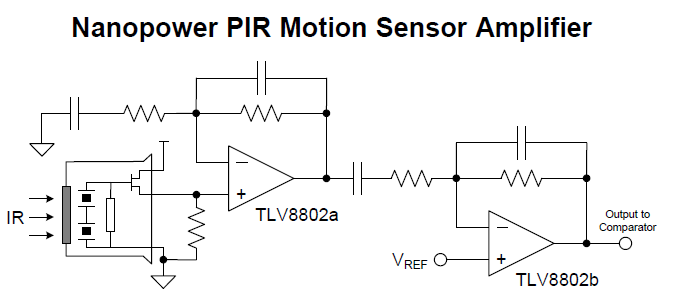Other Parts Discussed in Thread: TLV522, LM324, LM358
Dear Specislists,
My customer is considering TLV8802 and has questions.
Could you please advise?
---
(1) Generally, optput stage is AB class push-pull.
Can I think TLV8802 is the same?
(2)Is there a possibility that distortion will occur due to charge / discharge current to the capacitive load, equivalent to class B or class C operation?
(3)According to the datasheet, when capacitive load is heavy(>50pF), it is recommended to add Riso.
In this case, is there a possibility to increase output distortion?
---
I appreciate your great help in advance.
Best regards,
Shinichi


